I am trying to read numbers from images and cannot find a way to get it to work consistently (not all images have numbers). These are the images:
(here is the link to the album in case the images are not working)
This is the command I'm using to run tesseract on the images: pytesseract.image_to_string(image, timeout=2, config='--psm 13 --oem 3 -c tessedit_char_whitelist=0123456789'). I have tried multiple configurations, but this seems to work best.
As far as preprocessing goes, this works the best:
gray = cv2.cvtColor(np.array(img), cv2.COLOR_RGB2GRAY)
gray = cv2.bilateralFilter(gray, 11, 17, 17)
im_bw = cv2.threshold(gray, thresh, 255, cv2.THRESH_BINARY_INV)[1]
This works for all images except the 3rd one. To solve the problem of lines in the 3rd image, i tried getting the edges with cv2.Canny and a pretty large threshold which works, but when drawing them back, even though it gets more than 95% of each number's edges, tesseract does not read them correctly.
I have also tried resizing the image, using cv2.morphologyEx, blurring it etc. I cannot find a way to get it to work for each case.
Thank you.




